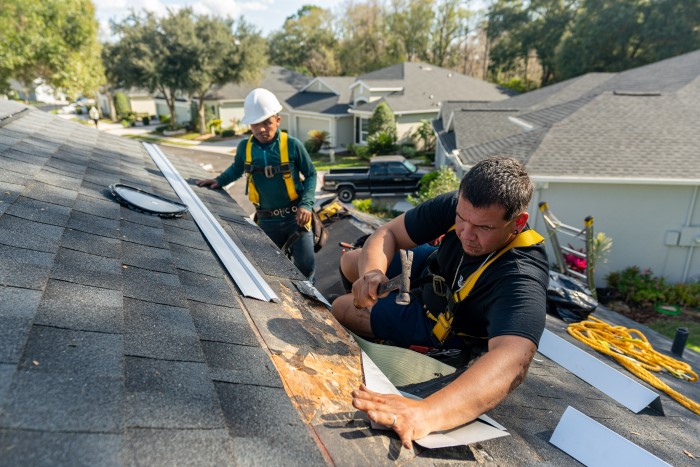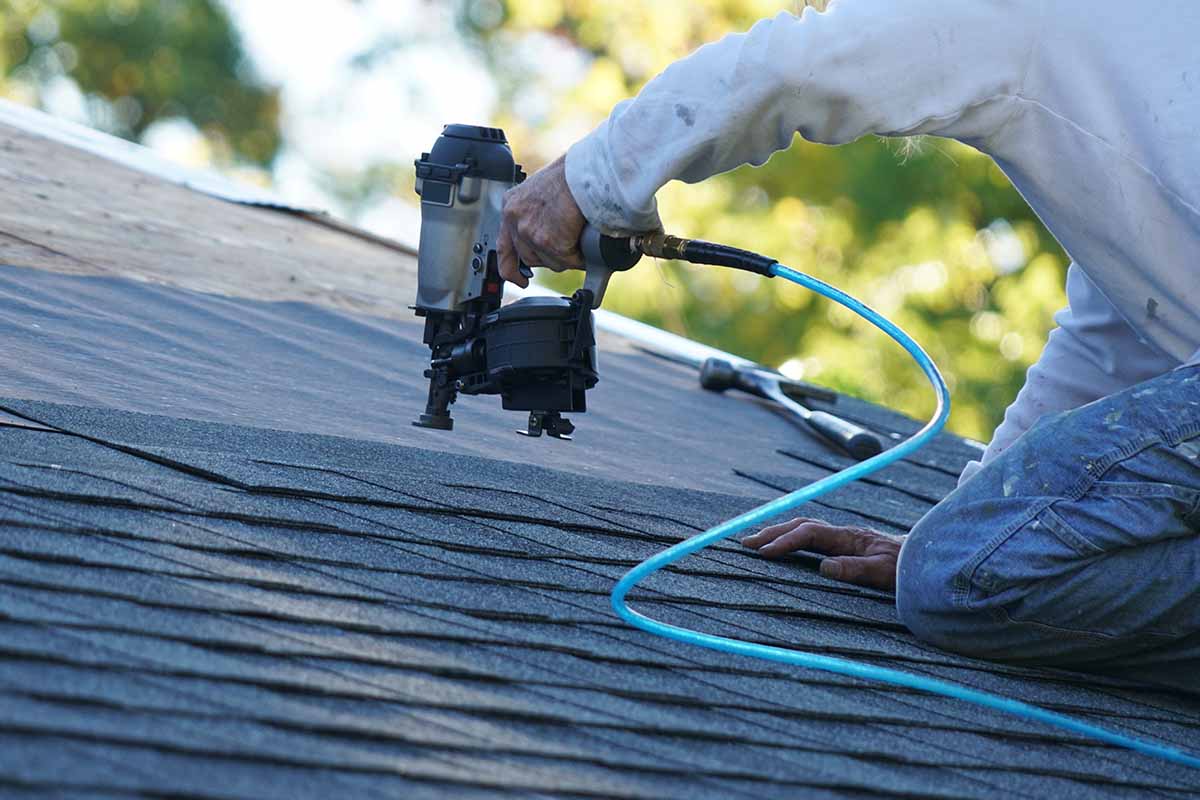Expense Factors to Think About for Your Upcoming Roofing Substitute Project
When embarking on a roofing substitute project, understanding the different expense factors is critical for effective budgeting. Secret factors to consider consist of the selection of roof products, which not only affect initial prices yet additionally long-term toughness, as well as labor expenditures driven by the competence of service providers and regional wage criteria.
Roofing Material Options

Asphalt roof shingles are among the most common options due to their price and ease of setup. Nonetheless, they might need replacement faster than other materials, influencing long-lasting expenses. Metal roof, while initially more expensive, boasts phenomenal durability and can last decades with very little upkeep, making it a cost-efficient choice gradually

Last but not least, wood drinks offer an all-natural aesthetic but need regular upkeep to stop rot and insect damage, potentially increasing future expenditures. Ultimately, choosing the best roof material is a vital decision that affects not only the instant budget however also the future monetary effects of roof covering maintenance and substitute.
Labor Costs and Incomes
The competence and skill of roofing experts substantially affect the overall expense of a roof covering replacement job. Labor costs generally comprise a substantial part of the complete expense, varying based on the experience and reputation of the specialist. Extremely proficient laborers command higher earnings because of their training and effectiveness in performing intricate roof covering jobs.
Several factors contribute to labor expenses, consisting of regional wage rates, the need for roof covering services, and the seasonality of the building and construction market. In urban areas or locations with a high price of living, labor rates tend to be raised - roof replacement. In addition, during peak seasons, when the need for roof covering solutions surges, contractors may increase their rates as necessary
An even more skilled team may work much more successfully, possibly decreasing labor hours and general expenses. Investing in knowledgeable labor can lead to an extra long lasting and reliable roofing system, ultimately saving expenses on future fixings.
Roofing Style Complexity
Roofing system style intricacy plays a crucial function in figuring out the general expense of a roof substitute task. The complexity of a roofing's style straight influences labor needs, product choices, read more and project duration. More complex roofing designs, such as multi-gabled or vaulted structures, usually require extra labor hours and specialized skills, increasing total expenses.
Additionally, the kind and amount of materials required can differ considerably based on the roofing system's geometry. Roofs with steep slopes or special building features might require custom-cut materials, which can be extra expensive than common alternatives. Additionally, the possibility for boosted waste during installation should be thought about, as complex layouts may result in greater product expenses.
Additionally, complex roofs can pose security difficulties for find specialists, demanding boosted security procedures and equipment, which might further blow up labor costs. These variables highlight the relevance of carefully examining your roof's design intricacy when budgeting for a replacement.
Eventually, house owners should collaborate closely with their professional roofer to totally recognize exactly how design complexity will certainly affect their task's monetary extent, making certain educated choices that align with both visual choices and budgetary constraints.
Authorizations and Regulations
Navigating authorizations and guidelines is a critical element of any type of roofing system replacement project that can dramatically influence overall costs and timelines. Before starting work, homeowners should make sure compliance with local structure codes, which might differ by municipality. These codes often determine structural requirements, roof materials, and even visual considerations, especially in historic districts.
Getting the needed permits is not only a legal responsibility however can additionally protect against costly penalties and project delays. Typically, the application procedure includes submitting detailed plans and specs, along with paying linked charges. Relying on the intricacy of the project, evaluations may be required at various stages, contributing to the timeline and labor costs.
Additionally, some regions may have specific laws worrying energy performance, which might necessitate using particular products or strategies that might be a lot more expensive in advance yet produce long-lasting savings. Continue Engaging with a qualified contractor that is acquainted with regional laws can improve this process and help alleviate risks. Ultimately, understanding and resolving authorization and regulative requirements early in the drawing board can help with a smoother, more cost-efficient roofing substitute project.
Hidden Costs and Backups
Expecting hidden costs and contingencies is crucial for homeowners intending a roofing system substitute, as these costs can quickly intensify the initial budget plan. While the priced estimate cost might cover the noticeable facets of the task, unanticipated aspects commonly arise, requiring added economic allowance.
One typical hidden expense is the discovery of underlying architectural damages throughout the removal of the old roof. Concerns such as rot, mold, or worn-out sheathing can require instant focus, resulting in boosted labor and material expenses. Additionally, if your home has multiple layers of roof covering, the expenditure of elimination can be considerably greater than anticipated.
An additional variable to consider is the expense of products. Rates can rise and fall based on market conditions, and unanticipated scarcities might demand final substitutions, potentially impacting the budget. In addition, if weather delay the job, added labor prices might accrue.
To minimize these threats, it is prudent to establish aside a backup fund-- typically 10-20% of the complete job expense. This fund can offer a financial buffer versus unforeseen expenses, ensuring that your roofing replacement project continues efficiently and within budget. Correct planning and foresight will certainly help house owners browse these intricacies effectively.
Final Thought
In verdict, a detailed understanding of expense elements is vital for an efficient roofing system substitute job. The selection of roof materials, labor prices, and the intricacy of the roof layout dramatically affect the total budget plan - roof replacement.